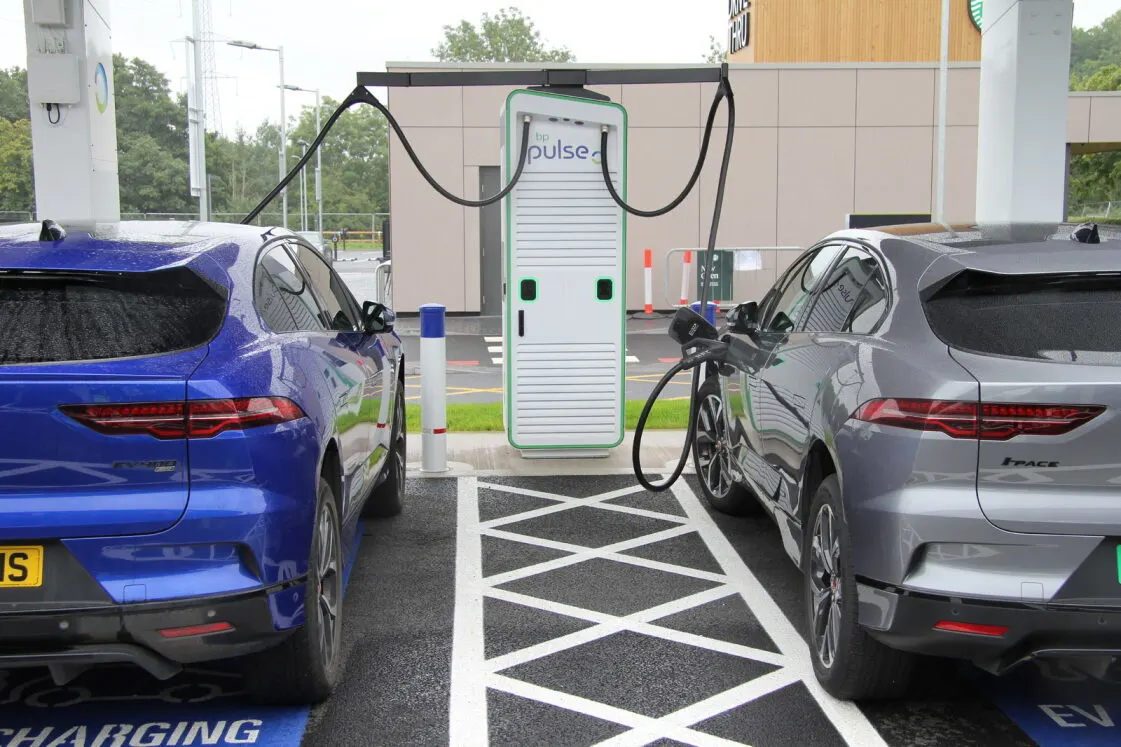3. It could help speed up your charging
The charging speed of a battery is not the same throughout – it varies at the beginning and end. (This is called the charging curve, and you can find out more about it in this guide.) As a battery reaches its maximum capacity of 100%, its charging speed slows down, because the electrons coming in have to work harder to find space. If you stop at 80%, you’re avoiding the slowest rate of charge right at the end. Think of it as quitting while you’re ahead – by stopping the charging before it slows down, it’s more likely that you’re charging in the fastest speed possible for your battery.
4. You may be able to set an 80% limit for your charging
Many EVs now give you the option of setting maximum charge, which can mean you won’t accidentally go over, depending on its settings. Your vehicle manual or manufacturer should be able to tell you if you’ve got this feature.
5. But if you need to charge to 100%, it’s ok
There may be a time when you'd rather charge to full, for example if you have a long distance to cover between charging and you’re not sure of the range. Just think of this as the exception, and not the rule, and bear in mind that doing this repeatedly may affect your battery life and performance, depending on your EV.
At bp pulse, we’re here to help you charge, while fully recharging yourself. With many of our chargers close to handy places to grab a bite or drink, your charging can be as helpful and enjoyable as possible.









